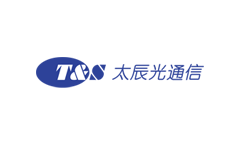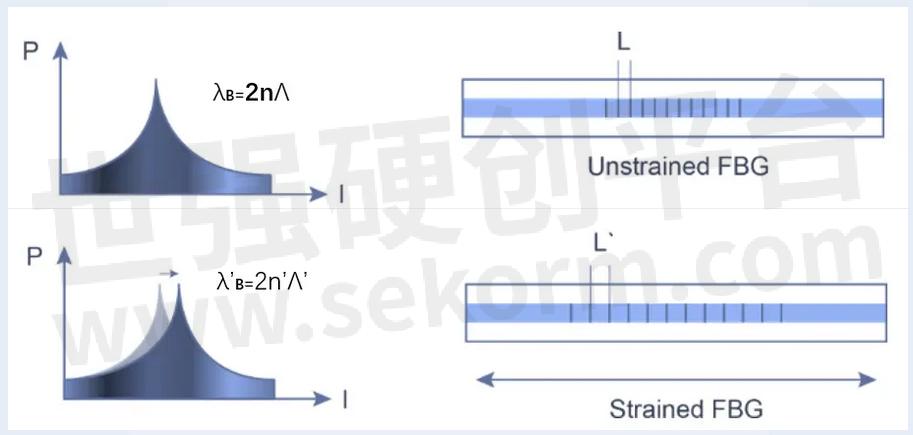What is Fiber Bragg Grating Technology?

A fiber Bragg grating (FBG) is a microstructure that features a few
millimeters in length which can be inscribed in the optical fiber. From
high-index to low-index refraction index changes along the central axis of
the fiber. Fiber Bragg Grating
is like a mirror that reflects certain wavelengths while others pass
the “mirror”. The wavelength the “mirror” reflects depends on the
spacing between the low and the high index regions. The distance (Λ)
between two adjacent high-index regions is called the period of the FBG.
FBG reflects light at the Bragg wavelength (λB). The reflection strength depends on the index modulation.
Generally,
there are two typical periodic changes of refractive index modulation,
it can be a steady periodic change or a variable “quasi-periodic”
change. When a piece of FBG has multiple regions with different
periods, a fiber then contains more than one “mirrors,” which allows
different wavelengths to reflect from different positions. There is
another type of FBG featuring a period that changes smoothly along the
fiber's central axis. It’s called “chirped” Fiber Bragg Gratings, and it
has elaborate period profiles.
Principle of FBG Sensor
A periodic refractive index change in the magnitude of 10-3 to 10-4 along with the distance of L leads to a formation of a wavelength mirror at l=2*n*L in the fiber core.

Measurement Principle
Strain and Temperature changes result in a wavelength change, which is within interval relatively linear in the order of 10pm/℃ and 1pm/µe. Based on this, a wide range of variables like pressure, curvature, or acceleration can be measured. After dedicated encapsulating, we are able to produce FBG strain sensor, temperature sensor, pressure sensor and so on for applications across industries.

- +1 Like
- Add to Favorites
Recommend
- FBG Reflector is the Ideal Optical End for FTTX Network Link Monitoring
- Structures and Applications of Fiber Bragg Grating Sensors
- What are the Features of FBG Reflector?
- DS Sensors from Elastisense Sensor Technology Are Used to Monitor Longitudinal Expansion and Tilt/angel of The Bridge
- InvenSense Announces SensorStudio 2.3 Supporting Dataflow-Based Custom Sensors
- InvenSense® Ushers in the Era of Sensor System-On-Chip With the World’s First Integrated Motion Sensor and Multi-Core Processing
- Mk20 Series of Cylindrical Reed Sensors, Ideal for Position and Limit Switches, Security, and Level Sensor Applications
- How to Prevent the Sensor from Getting Wet?
This document is provided by Sekorm Platform for VIP exclusive service. The copyright is owned by Sekorm. Without authorization, any medias, websites or individual are not allowed to reprint. When authorizing the reprint, the link of www.sekorm.com must be indicated.





























































































































































































































































































































































































































































































































































































































































































































































































































































































